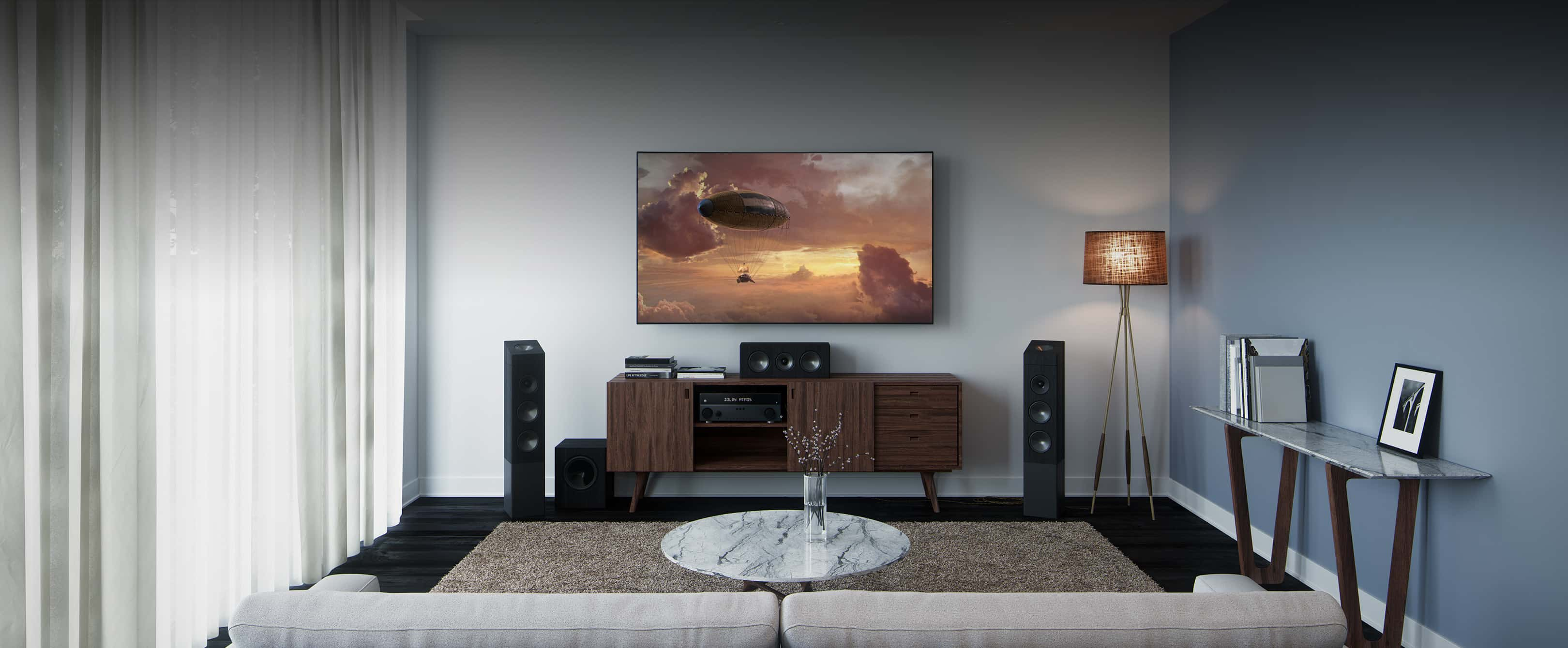CinemaDK
Registered
Thread Starter
- Joined
- May 16, 2021
- Messages
- 7
More
- Preamp, Processor or Receiver
- Denon AVR-X4000
- Main Amp
- Crown XLS 1002
- Front Speakers
- Dali 6006
- Center Channel Speaker
- Dali 6006
- Surround Speakers
- Dali R1000
- Surround Back Speakers
- Dali R1000
- Front Height Speakers
- Dali 2002
- Subwoofers
- Dali SWA-12
Hi everyone, I am taking my first shot at REW measuring and optimization. Been reading and analyzing away for hours, but I have to admit it´s a more difficult journey than expected :-) I do not yet have the experience or trained ears, so I am relying a lot on measurements here in the beginning.
Setup:
Processer: Denon AVR-X4000 in Direct Stereo mode
Amp: Crown XLS 1002
Speaker (LCR): Dali 6006
Room: 3 x 4,5m with lots of hard wall surfaces
Carpet + Acoustic ceiling
I have done 3 simple 20-20KHz measurements of Left speaker only. But this is a home cinema setup, so I have some limitations when it comes to speaker placement, as the they will end up in front of the screen if I move them to "perfect" positions.
I thought I would start with focus on SPL measurements, which has lead to some basic questions:

Setup:
Processer: Denon AVR-X4000 in Direct Stereo mode
Amp: Crown XLS 1002
Speaker (LCR): Dali 6006
Room: 3 x 4,5m with lots of hard wall surfaces
Carpet + Acoustic ceiling
I have done 3 simple 20-20KHz measurements of Left speaker only. But this is a home cinema setup, so I have some limitations when it comes to speaker placement, as the they will end up in front of the screen if I move them to "perfect" positions.
I thought I would start with focus on SPL measurements, which has lead to some basic questions:
- If I got it right, the "goal" is end up as close as possible to a straigh curve around the baseline (75db here), perhaps slightly downgoing - Harmann)?
- My understanding is that room modes affect the SPL curve? Like when the sound from another speaker and/or a reflection of a specific frequency hits the mic after the direct sound, that energy gets "added on top" of the direct sound in the SPL?
- I have peaks at 100-120Hz, 1500-1800Hz and 7-8KHz.
So to work on that, I need to look at speaker placement and reflections?
If yes, it's a bit of a "chicken and egg" thing, as acoustic panels needs to be move around with the speakers.
- I have a dip at 350-1000Hz. Not sure how to fix dimps (without EQ).
Can this be done with adjusting speaker placement alone or can reflections also cause dips?
I have read about soundwaves equaling each other out, but that part I didnt quite get yet :-) Also not sure if it is relevant when I am measuring on one speaker alone.
Now to the actual changes I tried. I started out with the speakers all out in the corners (Measurement 1/Blue). First adjustment attempt was to move them further away from the back wall according to basic recommendations + to make room for bass-traps in the future.That actually seemed to improve the center feeling from a listening perspective.
- Looking at my SPL measurements, moving the speakers further away from the back wall (Measurement 1/Blue -> 2/Orange) just made things worse in the low frequencies (but maybe my sub will fix that, not part of the measuring right now).
From 300-1000Hz it seems like things just got worse (measurement 2/Orange & 3/Red compared to 1/Blue). 1-2KHz and 6-8Hz improved a bit.
My speakers are ported on the backside for tweeter and middle tone, and in the front for Bass, so maybe they belong/work fine in the corner(?).
Should I start over with speaker placement trying to get back closer to the 75db curve?
- Measurement 4/Green is with an acoustic panel on the left side first reflection points. That seemed to lower the entire SPL level from 250Hz-10KHz. Is that consistent with the fact that it has removed reflections from SPL?











